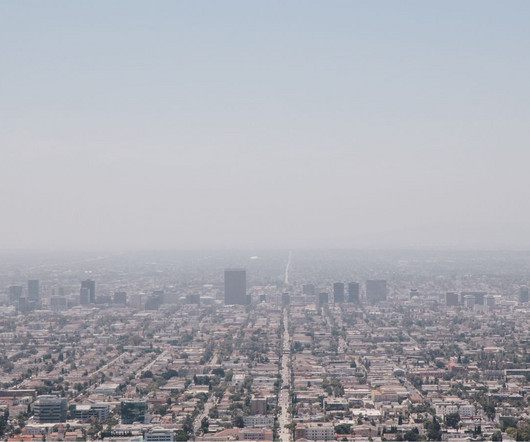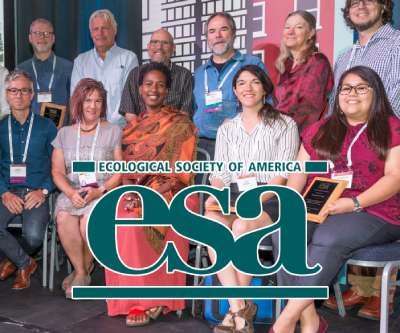Environmental Law: Government and Public Policy Towards the Environment
Environmental Science
SEPTEMBER 7, 2018
Chlorofluorocarbons (CFCs) : A group of inert chemical used in many industrial and everyday processes such as our refrigerators that are not broken down at lower atmospheric levels and rise to the upper levels, destroying ozone. They are water vapor, carbon dioxide, methane, nitrous oxide, ozone, CFCs, and hydrofluorocarbons.

















Let's personalize your content